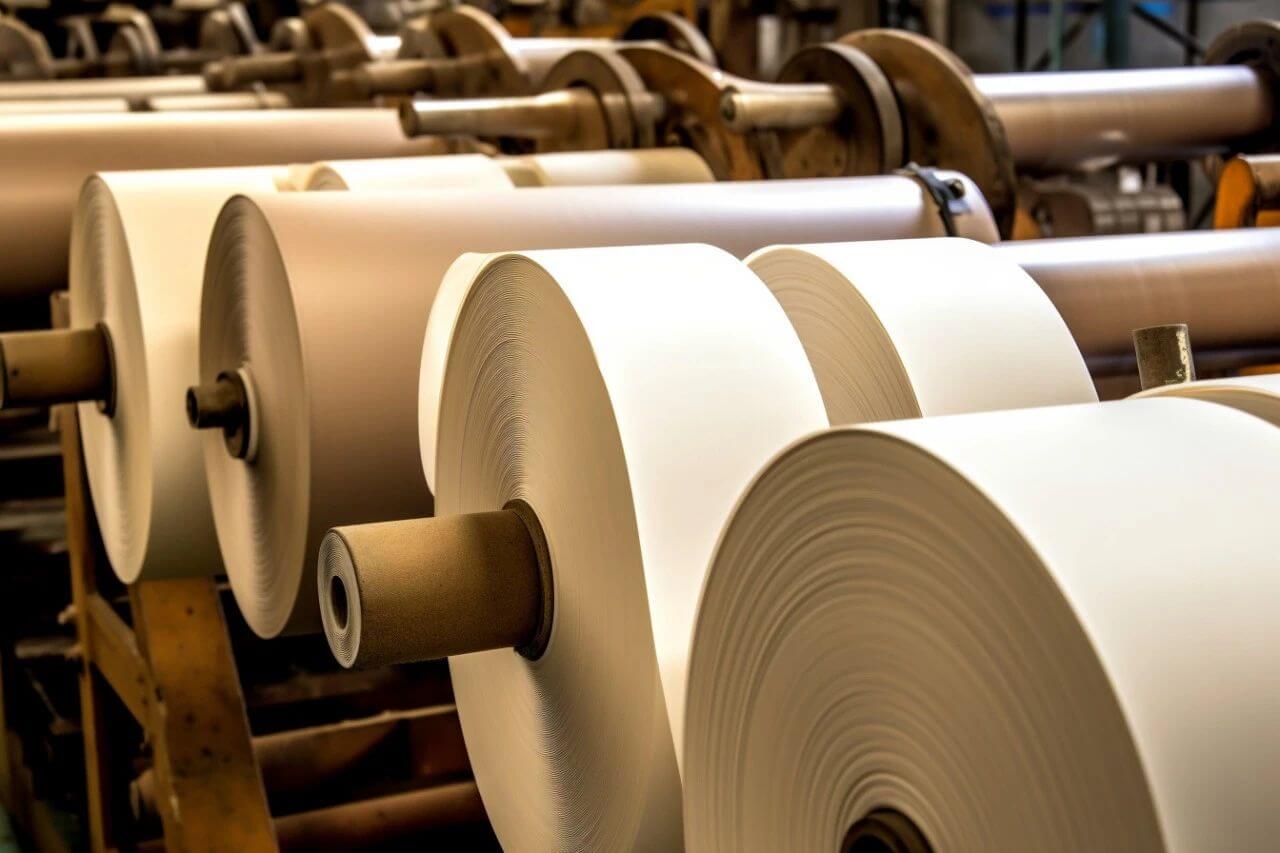Foam is an unwanted by-product in many industrial, chemical, and biological processes. Its presence can lead to reduced efficiency, equipment damage, and product contamination. This is where antifoams, also known as defoamers, come into play. Antifoams are chemical additives that prevent or mitigate the formation of foam in liquids. Their use spans across various industries—from pharmaceuticals to food production, from petrochemicals to wastewater treatment.
This comprehensive article delves into what antifoams are, how they work, their types, industrial applications, and emerging trends in the antifoam market. Whether you’re an engineer, researcher, or simply a curious reader, understanding the critical role of antifoams is essential in appreciating modern manufacturing and processing technologies.
What Is Antifoam?
Antifoam refers to any substance that reduces or hinders the formation of foam. While the terms antifoam and defoamer are often used interchangeably, there is a subtle difference. Defoamers break down existing foam, whereas antifoams prevent foam formation in the first place. Most commercial products contain both properties, so the distinction is not always crucial.
Foam is essentially a stable structure of gas bubbles trapped in a liquid or solid. It can be caused by agitation, chemical reactions, or biological activity. Foam, when not controlled, can cause overflow, block sensors, hinder heat transfer, and even reduce the quality of the final product.
How Does Antifoam Work?
The action of an antifoam is primarily physical rather than chemical. Antifoams work by:
- Spreading across the foam’s surface, weakening the bubble walls.
- Penetrating into the foam films, displacing liquid with a lower surface tension material.
- Causing rupture of the bubbles, leading to foam collapse.
A good antifoam should have low solubility in the foaming medium, a rapid spreading coefficient, and should be able to enter and destabilize foam films effectively. The performance of an antifoam also depends on the environmental conditions like temperature, pH, and the nature of the foaming agents.
Types of Antifoams
There are several types of antifoams based on their chemical composition and intended use. The main types include:
1. Silicone-Based Antifoams
Silicone antifoams are among the most effective and widely used types. They typically contain polydimethylsiloxane (PDMS) as the active ingredient, often combined with silica particles.
Advantages:
- Highly effective at low concentrations
- Chemically inert
- Can be used in a wide temperature range
Applications:
- Wastewater treatment
- Fermentation
- Oil and gas processing
2. Oil-Based Antifoams
These use oils like mineral oils, white oils, or vegetable oils as carriers. They often include hydrophobic silica or waxes to enhance effectiveness.
Advantages:
- Cost-effective
- Suitable for non-aqueous systems
Applications:
- Paints and coatings
- Lubricants
- Industrial cleaning
3. Water-Based Antifoams
Water-based antifoams are emulsions containing active materials dispersed in water. These are suitable for systems where compatibility with water is necessary.
Advantages:
- Easier to handle and apply
- Safer in food and pharmaceutical applications
Applications:
- Pulp and paper processing
- Food processing
- Pharmaceuticals
4. Powder Antifoams
Powdered forms of antifoam are used in dry processes or in applications where liquids are undesirable.
Applications:
- Cement and concrete mixing
- Powdered detergents
- Food additives (e.g., instant noodles)
5. Alkylene Oxide-Based Antifoams
Made from polyethylene glycol or polypropylene glycol, these are biodegradable and suitable for environmentally sensitive applications.
Applications:
- Textile production
- Pesticide formulation
- Food-grade products
Key Industries Using Antifoams
1. Food and Beverage Industry
In this industry, foam can cause product loss, affect quality, and lead to hygiene issues. Antifoams are used in:
- Brewery and fermentation: Control of foam in yeast fermentation.
- Cooking oils and soups: Prevent foaming during frying and boiling.
- Dairy processing: Control milk foaming in pasteurization and homogenization.
Food-grade antifoams must meet regulatory standards like those set by the FDA and EFSA. Common food-safe antifoams include polydimethylsiloxane and certain vegetable oils.
2. Pharmaceuticals and Biotechnology
Foaming in bioreactors, especially during fermentation, can reduce oxygen transfer and damage cells. Pharmaceutical-grade antifoams are sterile, non-toxic, and often silicone-based.
Applications:
- Antibiotic production
- Enzyme manufacturing
- Cell culture processes
3. Wastewater Treatment
In wastewater plants, biological foaming caused by bacteria can lead to operational issues. Antifoams help manage this, especially during aeration and digestion processes.
Advantages:
- Prevent overflow
- Improve aeration efficiency
- Reduce odor problems
4. Oil and Gas
During drilling and refining, foam formation can disrupt operations. Silicone and hydrocarbon-based antifoams are commonly used to manage foaming in:
- Gas-oil separation units
- Crude oil distillation
- Lubricant manufacturing
5. Textile and Paints
In textile dyeing, foam can lead to uneven coloring and reduced efficiency. In paints and coatings, foam bubbles can compromise the finish and application quality.
6. Pulp and Paper
Mechanical agitation in paper machines can produce significant foam. Antifoams are crucial to maintaining consistent paper quality and machine performance.
Selecting the Right Antifoam
Choosing the right antifoam depends on several factors:
- Foaming medium: Is it aqueous or non-aqueous?
- Temperature and pH: Some antifoams degrade at high temperatures or extreme pH levels.
- Regulatory compliance: Especially important in food, pharmaceutical, and cosmetic industries.
- Method of application: Batch addition, continuous dosing, or inline injection.
A typical selection process involves laboratory testing, pilot trials, and sometimes reformulating the process conditions to optimize antifoam performance.
Challenges in Using Antifoams
Despite their utility, antifoams can present challenges:
1. Incompatibility
Some antifoams may interact with process chemicals, leading to product contamination or performance loss.
2. Overuse
Excess antifoam can lead to surface defects (e.g., fisheyes in coatings), equipment fouling, or even inhibit fermentation in biological processes.
3. Environmental Concerns
Some traditional antifoams, especially those with non-biodegradable components, can cause environmental pollution if not treated properly.
4. Cost
High-performance antifoams like those based on silicones can be expensive, especially in large-scale applications.
Innovations and Trends in the Antifoam Industry
1. Green Chemistry
There is a growing demand for eco-friendly antifoams made from biodegradable or renewable sources. These are particularly important in food processing and environmental applications.
2. Nanotechnology
The use of nano-sized particles in antifoam formulations can improve foam suppression at lower dosages, offering both cost and performance benefits.
3. Smart Delivery Systems
Advanced dosing systems, controlled by real-time foam sensors, are being developed to optimize antifoam application and reduce waste.
4. Regulatory Focus
Stricter regulations around health, safety, and environmental impact are pushing manufacturers to innovate safer formulations.
Market Outlook
The global antifoam market is expected to grow steadily, driven by increasing industrialization, environmental regulations, and demand for high-quality products.
According to recent market reports:
- Asia-Pacific is the fastest-growing region, led by China and India.
- The food and beverage segment is one of the most dynamic in terms of innovation and demand.
- Major players include BASF, Dow, Evonik, Ashland, and Momentive.
Market segmentation is often done by product type (silicone vs. non-silicone), application area (industrial vs. consumer), and region.
Conclusion
Antifoams play a vital role in modern industrial processes by controlling foam formation, improving operational efficiency, and maintaining product quality. As industries continue to expand and innovate, the demand for effective, sustainable, and regulatory-compliant antifoams is likely to rise.
Whether it’s reducing foam in a bioreactor, ensuring clarity in beer production, or keeping a paint finish smooth, antifoams are indispensable. Understanding their mechanisms, choosing the right type, and applying them correctly are critical to success across countless applications.
As new technologies like green chemistry and nanotech influence the market, the future of antifoams looks both promising and essential for sustainable industrial development.

















